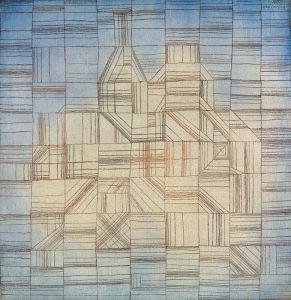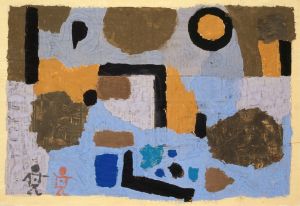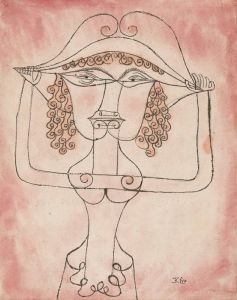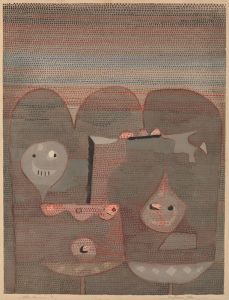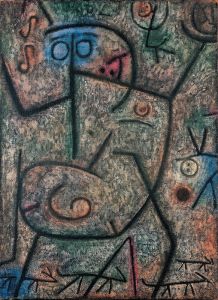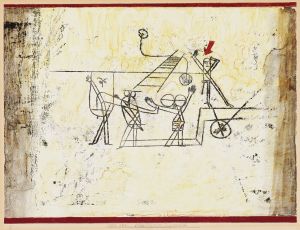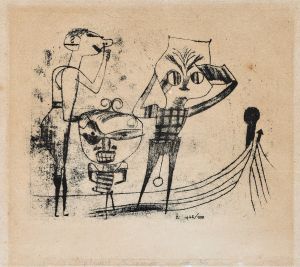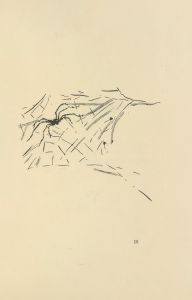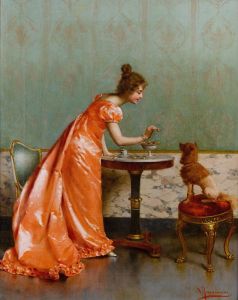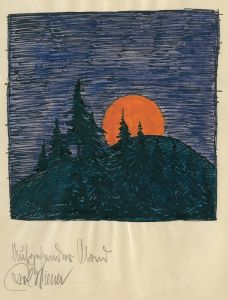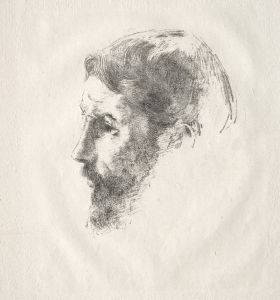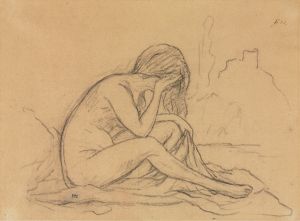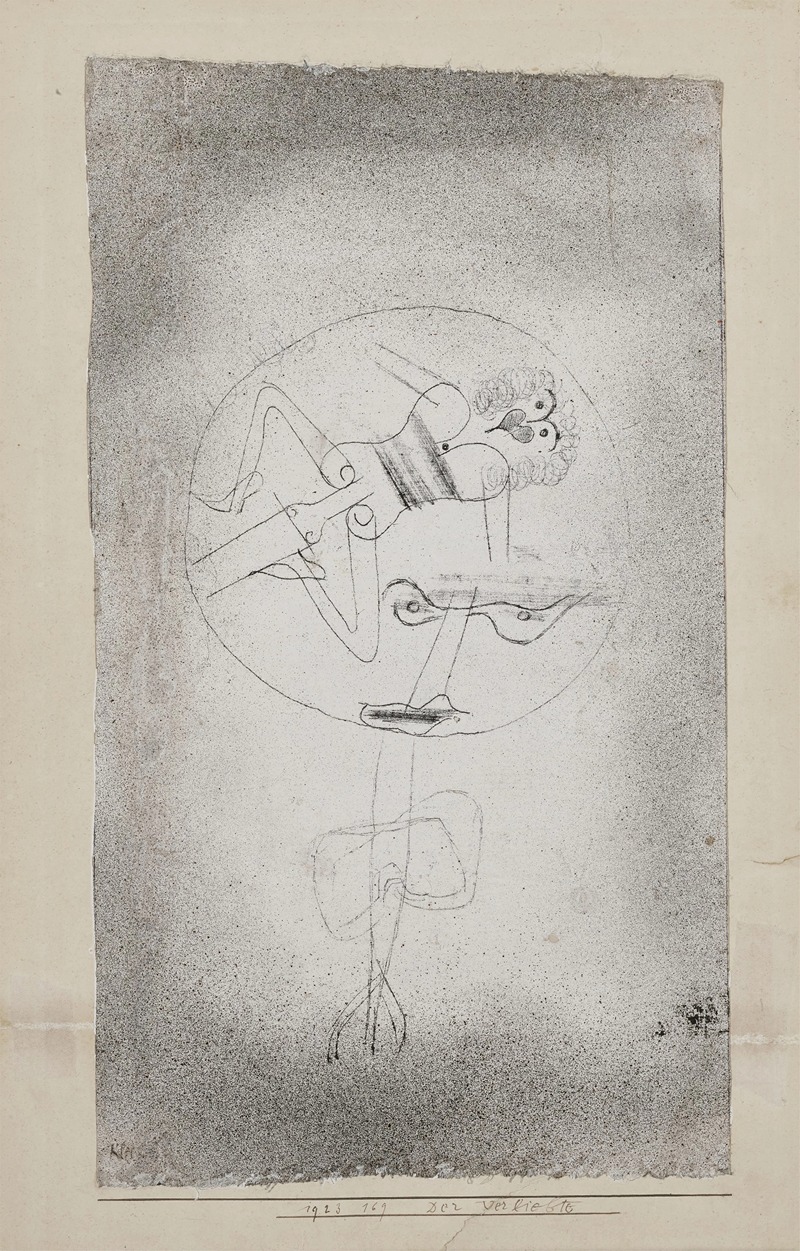
Der Verliebte
A hand-painted replica of Paul Klee’s masterpiece Der Verliebte, meticulously crafted by professional artists to capture the true essence of the original. Each piece is created with museum-quality canvas and rare mineral pigments, carefully painted by experienced artists with delicate brushstrokes and rich, layered colors to perfectly recreate the texture of the original artwork. Unlike machine-printed reproductions, this hand-painted version brings the painting to life, infused with the artist’s emotions and skill in every stroke. Whether for personal collection or home decoration, it instantly elevates the artistic atmosphere of any space.
Paul Klee's "Der Verliebte" (translated as "The Lover") is a notable work by the Swiss-born German artist, who is renowned for his highly individual style that was influenced by movements in art that included Expressionism, Cubism, and Surrealism. Klee's work is characterized by his unique use of color and his ability to blend abstract and figurative elements seamlessly.
"Der Verliebte" was created in 1930, a period during which Klee was deeply engaged in exploring the emotional and psychological dimensions of his subjects. This painting is a testament to Klee's fascination with the inner workings of the human mind and his ability to convey complex emotions through simple forms and vibrant colors.
The painting features a central figure, presumably the 'lover,' depicted in a stylized manner that is typical of Klee's work. The figure is surrounded by a series of abstract shapes and lines, which may suggest the tumultuous and multifaceted nature of love and emotion. Klee's use of color in "Der Verliebte" is particularly striking, with a palette that includes warm reds and yellows, which are often associated with passion and intensity. These colors are contrasted with cooler blues and greens, perhaps indicating the calmness or introspection that can accompany love.
Klee's technique in this painting, as in many of his works, involves a meticulous layering of colors and textures. He often employed a method of building up layers of paint to create depth and complexity, which can be seen in the subtle gradations and transitions between colors in "Der Verliebte." This technique allows the viewer to experience the painting on multiple levels, both visually and emotionally.
The context of Klee's life and career during the time he painted "Der Verliebte" is also significant. In 1930, Klee was a professor at the Düsseldorf Academy, having previously taught at the Bauhaus, where he was a contemporary of artists such as Wassily Kandinsky and Lyonel Feininger. His teaching and interactions with other avant-garde artists influenced his work, encouraging him to experiment with new ideas and techniques.
"Der Verliebte" reflects Klee's interest in the intersection of art and music, a theme that recurs throughout his oeuvre. Klee was an accomplished violinist, and he often drew parallels between the structures of music and visual art. The rhythmic patterns and harmonious color combinations in "Der Verliebte" can be seen as a visual symphony, where each element contributes to the overall composition.
Today, "Der Verliebte" is appreciated not only for its aesthetic qualities but also for its insight into the human condition. Klee's ability to capture the essence of love in a manner that is both abstract and deeply personal continues to resonate with audiences. The painting is housed in a collection that allows viewers to engage with Klee's work and explore the rich tapestry of emotions and ideas that he so masterfully wove into his art.






